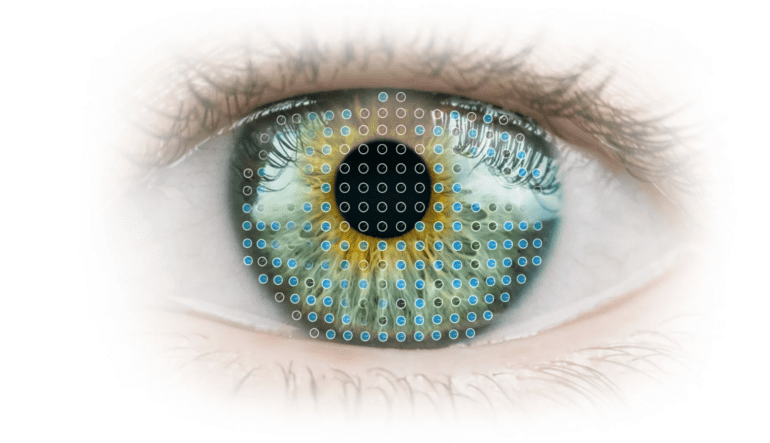TL;DR:
- Zeiss and Boehringer Ingelheim collaborate to detect and treat retinal diseases early.
- Aim is to prevent vision loss by intervening before irreversible damage occurs.
- Utilizing AI algorithms to analyze imaging data for early disease markers.
- Boehringer Ingelheim’s expertise expands beyond diabetic retinopathy.
- Zeiss pioneers optical coherence tomography for retina assessment.
- This partnership holds the potential to transform the eye disease detection and treatment landscape.
Main AI News:
In a groundbreaking collaboration, Zeiss Medical Technology and Boehringer Ingelheim are setting their sights on the proactive identification and management of retinal diseases. With a shared commitment to precision and personalized healthcare, the partnership aims to intercept eye disorders at their earliest stages, mitigating the risk of permanent damage. This initiative becomes increasingly crucial as the global population ages and disparities in healthcare access persist.
“By partnering with Zeiss Medical Technology, we are poised to develop precise therapies that offer the right treatment to the right patient at the right time, thereby preventing vision loss by intervening before irreversible harm occurs,” stated Dr. Ulrike Graefe-Mody, Head of Retinal Health at Boehringer Ingelheim. Financial terms of this strategic alliance remain undisclosed.
Leveraging their extensive expertise in ophthalmology and complementary strengths in technological and therapeutic advancement, Zeiss and Boehringer Ingelheim will synergize their efforts. Zeiss will harness the power of artificial intelligence (AI) algorithms hosted on its cloud platform, processing vast amounts of imaging data from diagnostic and therapeutic devices. These AI algorithms will scrutinize scans to detect early indicators of retinal diseases.
With the support of Boehringer Ingelheim, these insights will fuel the development of diagnostic and predictive tools for point-of-care applications, as well as innovative therapeutics that utilize early disease markers as a foundation for targeting disease pathways.
“Empowered by our Zeiss Medical Ecosystem and its capability to aggregate extensive datasets for analysis, we are strategically positioned to cultivate novel collaborations in uncharted research domains, expedite access to forthcoming technologies and markets, and facilitate clinicians in delivering earlier detection and more personalized, precise care to their patients,” remarked Dr. Euan Thomson, Head of Zeiss’ Ophthalmology Strategic Business Unit and Digital Business Unit.
Boehringer Ingelheim’s foray into ophthalmological disease treatments began in 2013 when the German pharmaceutical company recognized its potential in addressing retinal conditions associated with diabetes. Over the past decade, bolstered by the establishment of a dedicated Retinal Health Department in 2019, Boehringer Ingelheim expanded its focus beyond diabetic retinopathy and diabetic macular ischemia. Key therapy areas within the department now encompass wet age-related macular degeneration, geographic atrophy, and Stargardt disease.
This proactive approach has led to several partnerships, including collaborations with intravitreal drug delivery technology innovator Inflammasome Therapeutics in 2019 and CDR-Life in 2020 to develop antibody fragment-based therapeutics for geographic atrophy.
Zeiss, with a rich history in ophthalmology dating back to the early 1900s when it began producing eyeglass lenses, has been a pioneer in optical coherence tomography since 1996. This radiation-free imaging technology has been instrumental in identifying vision-threatening conditions in the retina and recently earned the prestigious Lasker-DeBakey Clinical Medical Research Award.
Conclusion:
The strategic alliance between Zeiss and Boehringer Ingelheim signifies a pivotal shift in the healthcare market, emphasizing early detection and precision treatment of eye diseases. Leveraging cutting-edge AI technology and extensive expertise, this collaboration is poised to revolutionize the sector, offering new hope and improved care to millions worldwide. This move underscores the growing importance of proactive healthcare solutions in an aging population, setting a precedent for future innovations in disease prevention and management.

